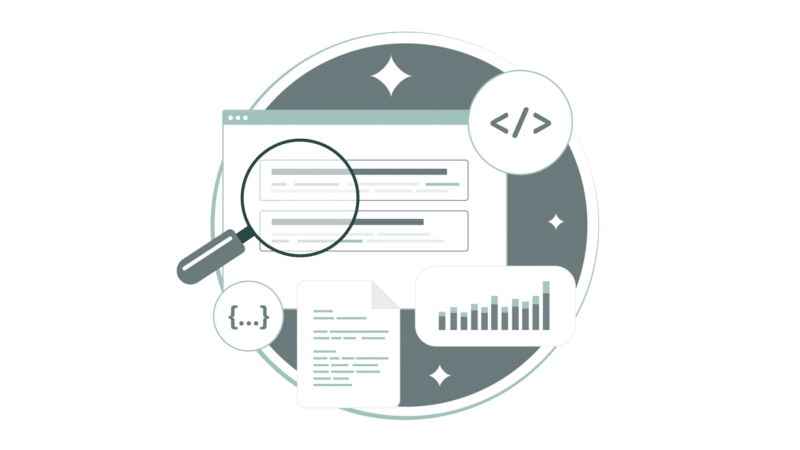
In an era where digital marketing is heavily influenced by artificial intelligence and changing consumer behaviors, the significance of optimizing page titles and meta descriptions cannot be overstated. These essential components of an effective SEO strategy often fly under the radar, yet they wield substantial power over click-through rates (CTR) and website traffic. With the rise of zero-click searches—where users find answers directly on search results pages—it’s crucial for marketers and developers to hone in on these elements to capture more eyes in a crowded digital landscape.
Navigating Current SEO Challenges
The contemporary SEO environment is characterized by a myriad of content formats that can clutter search engine results pages (SERPs). AI-generated overviews, images, and FAQs all vie for consumer attention, leaving individual web pages at a disadvantage. With approximately 60% of searches resulting in zero-click outcomes, the competition becomes even fiercer. This complicates the already thin line between visibility and obscurity for many websites.
The Crucial Role of Page Titles and Meta Descriptions
A well-crafted page title is not just a necessary HTML element; it is a critical component that determines how a webpage appears in SERPs, browser tabs, and during social media sharing. Similarly, the meta description serves as a vital snippet summarizing what a page offers, helping users discern its value at a glance. While meta descriptions do not directly impact rankings, they can significantly influence CTR, making them indispensable for improving user engagement.
The ATOM Approach to Optimization
To effectively enhance page titles and meta descriptions, marketers can adopt the ATOM approach:
- Analyze: Examine current titles and descriptions alongside competitor strategies to discover optimization opportunities.
- Theorize: Utilize the SCAMPER method to brainstorm innovative ways to differentiate titles and descriptions.
- Optimize: Implement targeted changes that integrate essential keywords, maintain clarity, and comply with character limits—aiming for under 60 characters for titles and under 160 for descriptions.
- Measure: Use metrics such as CTR, keyword rankings, and conversions to analyze the success of implemented strategies.
Mitigating Challenges with Google Snippets
Marketers face an additional hurdle: Google often rewrites meta descriptions and titles, with this occurrence happening approximately 70% of the time. To mitigate this, the data-nosnippet tag can be employed to restrict Google’s ability to auto-generate snippets, allowing marketers to maintain control over their content presentation.
Ongoing Adaptation in a Dynamic Landscape
The fluid nature of SEO, driven by algorithm updates and evolving SERP layouts, demands that marketers continually refine their strategies. An experimental approach ensures that page titles and meta descriptions remain effective, thereby maximizing their potential to drive clicks in a saturated environment.
Conclusion: The Power of Optimization
Despite their seemingly minor role in the broader SEO framework, page titles and meta descriptions are pivotal for enhancing visibility and driving traffic. By maintaining a proactive and analytical approach through the ATOM framework, marketers can significantly improve their online presence.
In this rapidly evolving digital landscape, integrating tools such as URL shorteners and link management systems into the optimization process can provide additional benefits. Well-structured short links can enhance clickability and track engagement patterns, offering crucial insights into content performance and user behavior.
#BitIgniter #LinksGPT #UrlExpander #UrlShortener #SEO #DigitalMarketing
In summary, focusing on the nuances of page titles and meta descriptions can lead to substantial improvements in website performance, drawing more visitors and ultimately achieving greater digital marketing success.
Want to know more: https://searchengineland.com/seo-page-titles-meta-descriptions-clicks-448381

